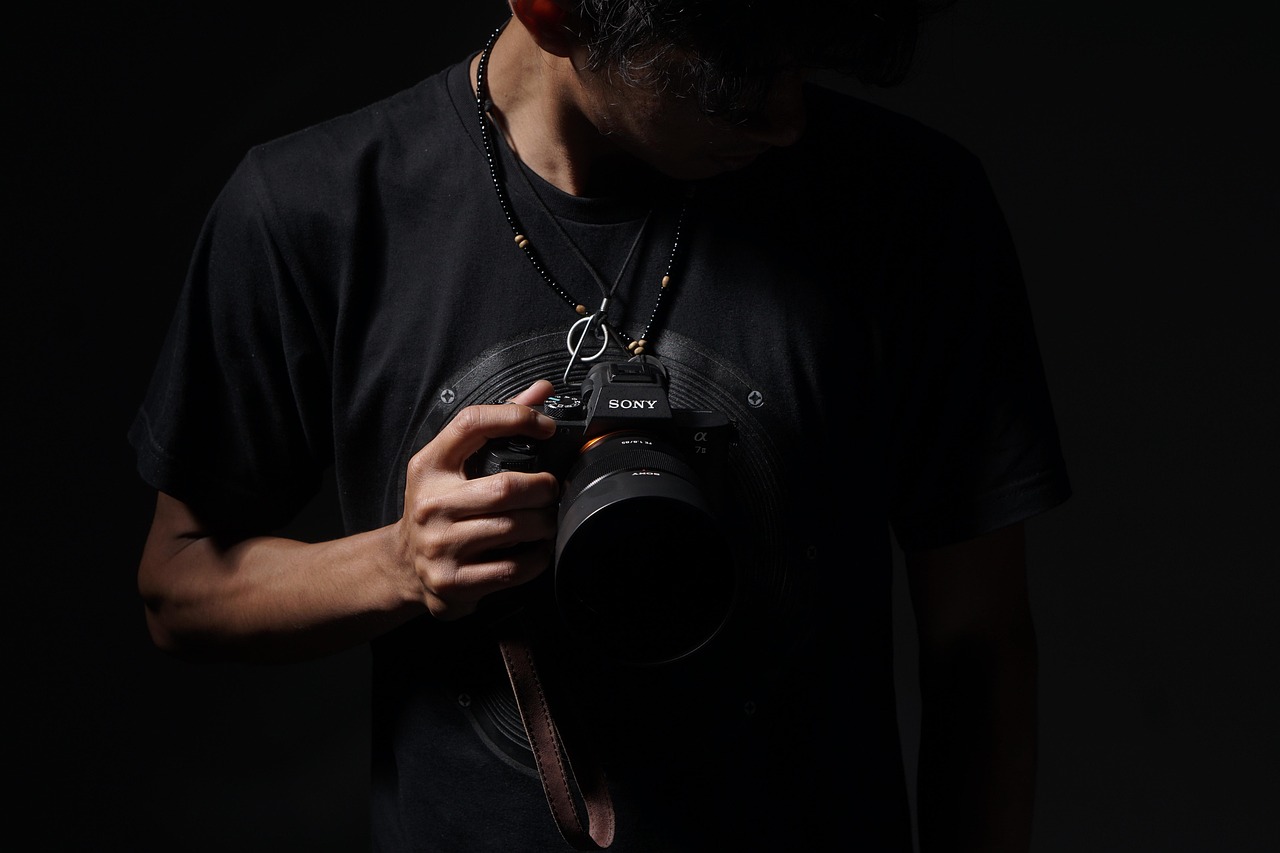Ten Tips to Plan My Ideal Wedding
A Thoughtful Guide That Puts Timeless Memories—Through Photography—at the Heart of Every Step
Ten Tips to Plan My Ideal Wedding: Planning your ideal wedding involves countless decisions, emotions, and dreams woven into one unforgettable day. From the dress to the flowers, from the guest list to the first dance, every choice you make contributes to a story—your story. But here’s a powerful truth many couples realize only after the wedding: memories fade, and moments pass. What remains? The photographs.
That’s why photography shouldn’t be an afterthought; it should be a golden thread that ties your planning together. In this guide, we’ll walk you through ten crucial tips to plan your ideal wedding—and at every step, we’ll explore how thoughtful decisions can enhance not only your experience but also the images that will live forever.
Tip 1: Start With Your Vision and Story
Before choosing a venue or dress, you must define your vision. Is your dream wedding rustic, elegant, whimsical, modern, or romantic? What kind of story do you want your wedding to tell?
Why Photography Matters Here
Your photographer will be translating this vision into a visual story. The more clarity you have from the start, the better they can prepare to capture the right style—light and airy, moody and cinematic, editorial and sharp, or documentary-style candid. This is why sharing your mood boards, Pinterest pins, or even a short written vision with your photographer early can help them plan lens choices, lighting equipment, and post-processing styles accordingly.
Pro Tip: Create a shared folder with your photographer filled with inspiration images that reflect your ideal tones, moments, and moods. This helps align expectations from day one.
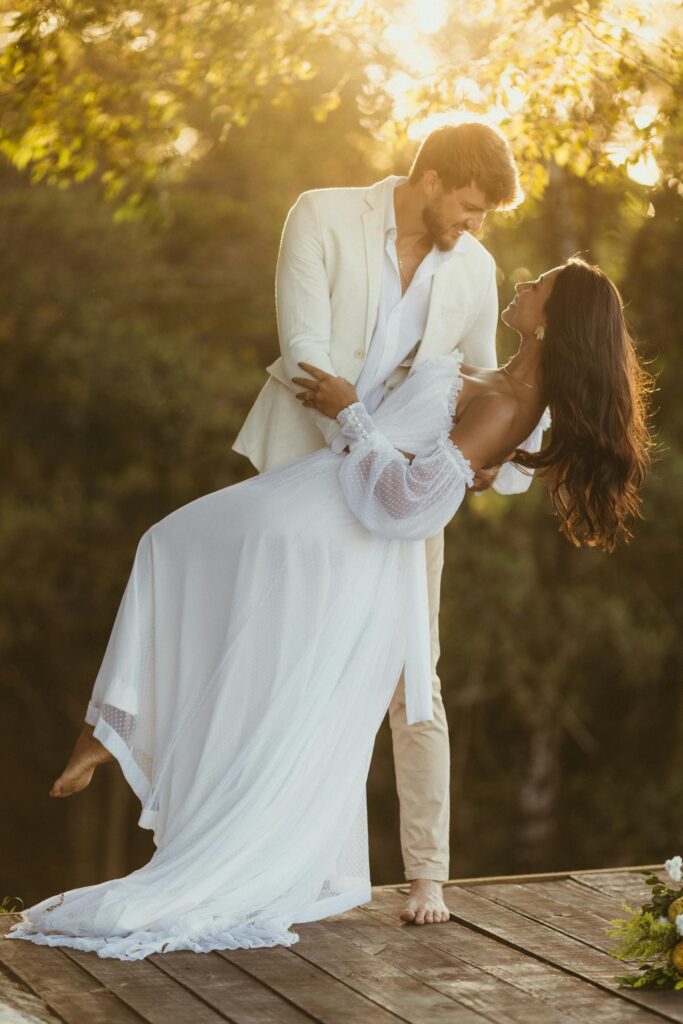
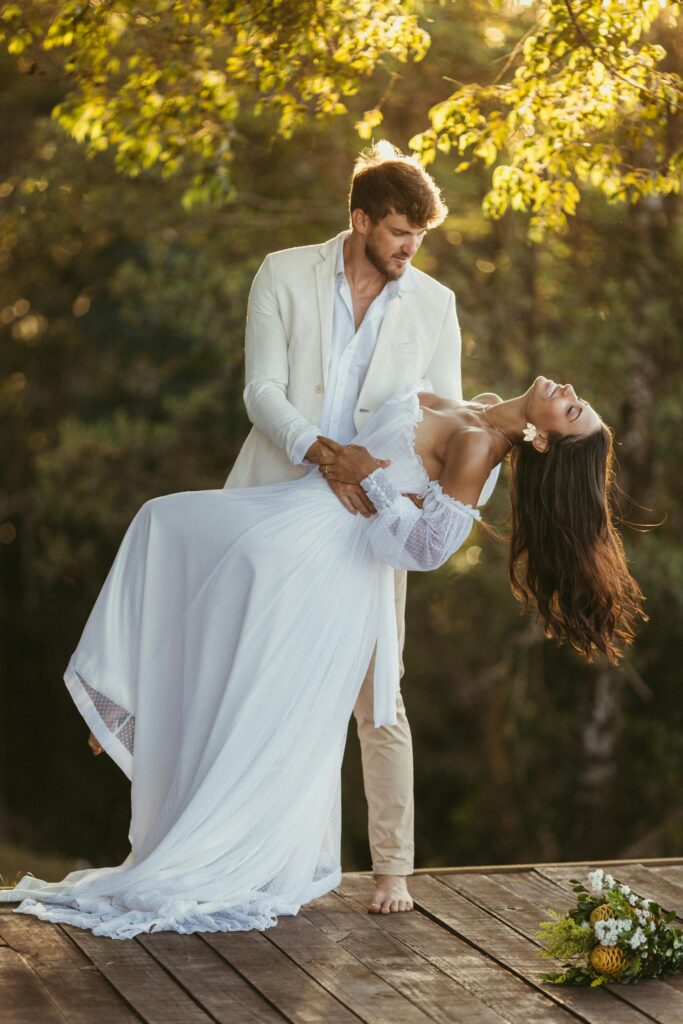
Tip 2: Choose the Right Photographer Early On
Photography is often booked after the venue or catering. But your photographer is the one creating your lifelong memories, not the one making the cake. Book early, and book wisely.
Plan My Ideal Wedding: Why Photography Matters Here
Every photographer brings a unique skill set, artistic eye, and emotional sensitivity. Choosing the right one is like choosing the person who will paint your history. Ask to see multiple full galleries (not just highlight reels), review client testimonials, and make sure you vibe personally—it affects how comfortable you’ll feel on the day, and that always shows in the photos.
Bonus Insight: Photographers can give you vendor referrals too! They often know great florists, planners, and venues that photograph beautifully.
Tip 3: Plan a Wedding Timeline That Honors Light
Lighting can make or break your wedding photos. Whether you’re dreaming of golden hour portraits or romantic candlelit dinners, your timeline should serve both the flow of the event and the quality of your photos.
Why Photography Matters Here
Natural light is a photographer’s best friend. Most couples underestimate how lighting affects the look and feel of their photos. A poorly lit ceremony at noon can create harsh shadows, while golden hour (about an hour before sunset) offers soft, dreamy, flattering light.
Smart Planning:
- Schedule portraits during golden hour.
- Have your ceremony in natural light or shaded areas.
- Consider a “first look” earlier in the day for relaxed portraits without the rush.
Your photographer can help build the timeline to optimize for beautiful light. Use that expertise!
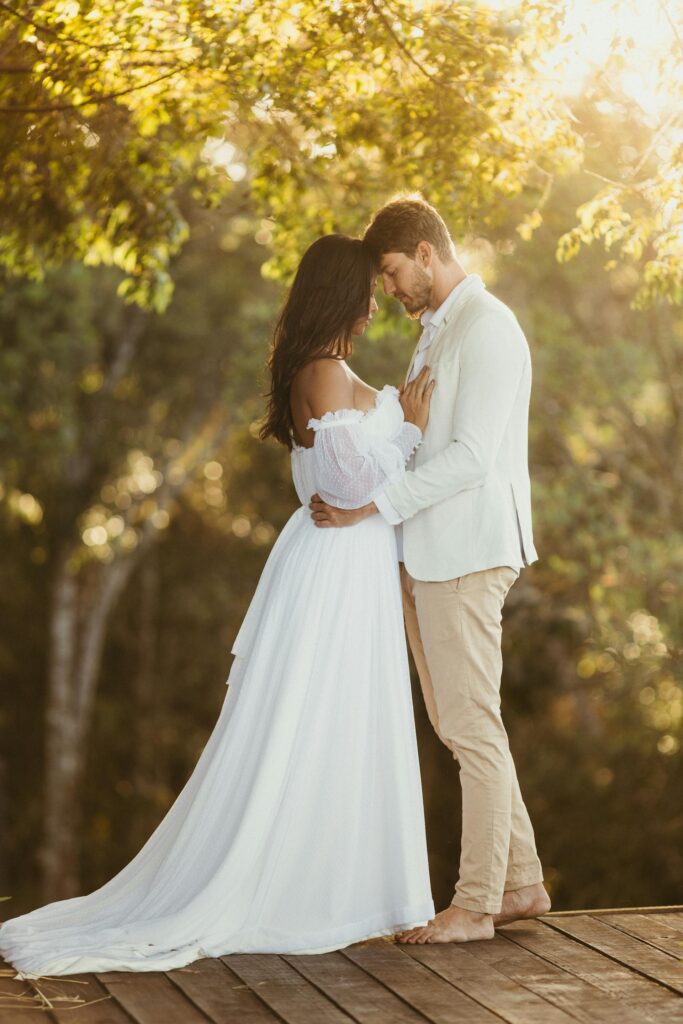
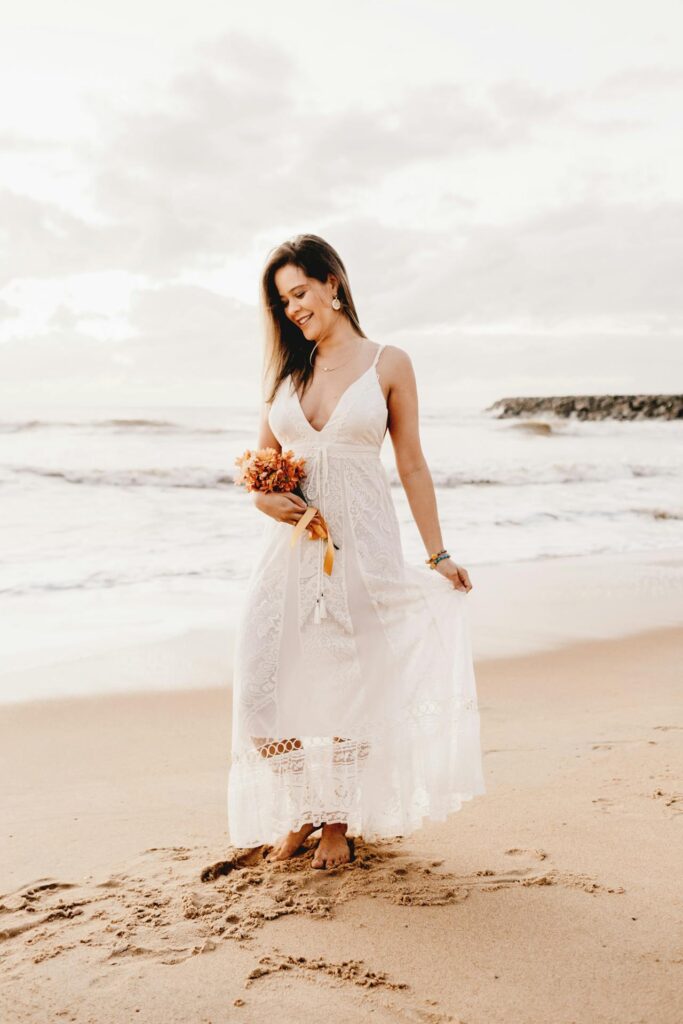
Tip 4: Select a Photo-Friendly Venue
The backdrop of your love story matters. While a venue must feel right emotionally and logistically, it should also be visually inspiring and photographically versatile.
Why Photography Matters Here
A beautiful venue can enhance your photos tremendously, but not every beautiful place photographs well. Factors like clutter, dim lighting, poor angles, or restricted photo policies can limit even the best photographers.
Photographer’s Checklist for a Venue:
- Natural lighting indoors (big windows are a plus)
- Open, uncluttered spaces
- Multiple photo-op spots for portraits and candids
- Venue staff that allows (and supports) creative photography access
Photography Tip: Schedule a venue walkthrough with your photographer. They can assess lighting, plant locations for portraits, and even identify potential issues before the big day.
Tip 5: Invest in an Engagement Session
Some couples consider the engagement shoot optional. But it’s more than a warm-up—it’s an essential rehearsal that boosts comfort, connection, and creativity.
Why Photography Matters Here
An engagement session helps you and your photographer build rapport, learn each other’s rhythms, and test out posing, communication, and style. It also gets you comfortable in front of the camera, which results in more natural, relaxed expressions on your wedding day.
Use your engagement photos for:
- Save-the-dates
- Wedding website
- Guestbook
- Slide show
- Framed welcome table decor
Double Win: You gain confidence for the big day and create a consistent visual story that begins before the wedding itself.
Tip 6: Hire a Day-Off Coordinator or Planner
Even the most organized couples need a professional on the day of the wedding. This person keeps things moving, solves problems, and handles logistics while you focus on being present.
Why Photography Matters Here
When you’re stressed and distracted, it shows in your face and posture. A coordinator minimizes chaos and ensures that your day stays on track—especially the photography timeline. They can wrangle family for portraits, fix bonbonnières, and keep your schedule moving, so your photographer can focus on art, not organization.
Bonus: Many coordinators understand how to work with photographers and will pre-plan transitions that are “photo-friendly,” like pacing the processional or ensuring you have time for golden hour portraits.
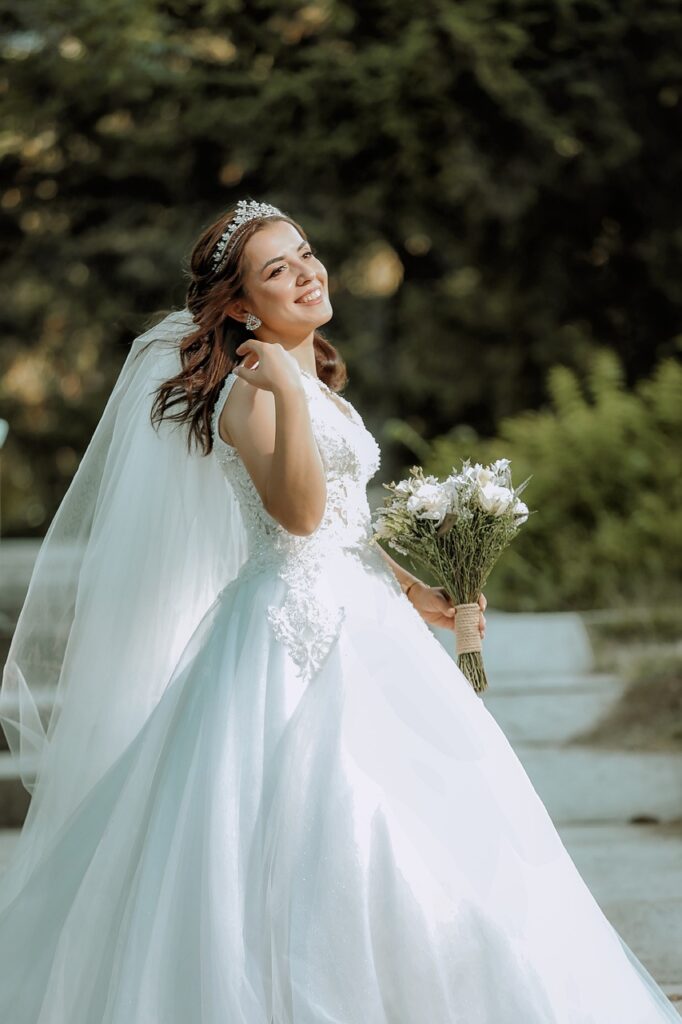

Tip 7: Curate the Details
From invitations and shoes to rings and perfume bottles, every tiny detail contributes to the atmosphere of your wedding—and your wedding album.
Why Photography Matters Here
Flat lays (styled shots of your details) set the scene in your wedding album and add emotional and visual richness to your story. But photographers need time and materials to create these images.
What to Prep in a “Photo Details Box”:
- Invitation suite
- Rings and boxes
- Jewelry
- Shoes
- Perfume
- Special keepsakes
- A swatch of your dress or ribbon
- Extra florals (ask your florist!)
Give this box to your photographer early, ideally before you start hair and makeup. You’re not just capturing objects—you’re capturing your taste, personality, and preparation story.
Tip 8: Prioritize Candid Moments
Posed photos are important, but it’s the unplanned moments that make your album sing. Laughter during vows. Tears during speeches. Grandma’s joy on the dance floor. These are priceless.
Why Photography Matters Here
Great wedding photographers are visual storytellers who know how to be in the right place at the right time. Give them space and freedom to do that. Tell your guests not to worry about the camera. Let the photographer move unobtrusively and trust them to catch the in-between magic.
Tip for Couples: Don’t over-schedule the day. Leave breathing room, so moments can unfold naturally. The best photos come from authentic emotion, not rushed events.
Also, Important: Unplugged ceremonies help. Guests with phones in the aisle ruin once-in-a-lifetime shots. Ask guests to be present and let the photographer do their job.
Tip 9: Think About the Final Album Early
Most couples don’t think about the album until long after the wedding. But it’s a crucial part of the photography process—and how your story will be told for generations.
Why Photography Matters Here
A great album is more than a photo book—it’s an heirloom. If you plan for it early, your photographer can shoot with the layout and narrative in mind. They’ll look for storytelling transitions, wide and close shots, and cohesive series of moments.
Tips for a Cohesive Album: Plan My Ideal Wedding
- Keep a consistent theme and color palette throughout your wedding day.
- Choose meaningful objects and settings (letters, heirlooms, generational touches).
- Give your photographer insight into your personal love story, so they can highlight elements that matter most to you.
Ask your photographer to design the first draft of your album—you’ll be surprised how they can craft your story better than you imagined.
Tip 10: Be Present, Not Perfect
No matter how well you plan, some things will go differently than expected. Rain may fall. Hairpins may slip. But the goal isn’t perfection—it’s presence.
Why Photography Matters Here
Your mood sets the tone of your images. If you can embrace the moment, trust your vendors, and focus on your partner, the photos will radiate love and joy.
Some of the best photos come from spontaneous, imperfect moments—a sudden gust of wind, a laugh during vows, a stolen kiss under an umbrella. These are the images you’ll love the most.
Final Word: Your photographer isn’t just capturing how things look—they’re capturing how things feel. That energy is immortalized in your album. So be real, be present, and let the beauty unfold.
Conclusion: A Wedding Meant to Be Remembered
Plan My Ideal Wedding: You’re not just planning a day—you’re building memories that will live in photographs forever. When you design your wedding with photography in mind, you’re not giving up spontaneity; you’re creating a legacy.
Every bouquet toss, every quiet tears, every moment between you and your partner—they’re all part of a larger story. Make that story worthy of being told, beautifully and truthfully.
In the end, you won’t regret the rain, the nervousness, or even the budget hiccups. But you will treasure every frame that captures the essence of your love. Make sure those frames are planned for, prioritized, and proudly displayed.
Because the ideal wedding isn’t just the one that goes off easily. It’s the one that gets remembered the right way.
